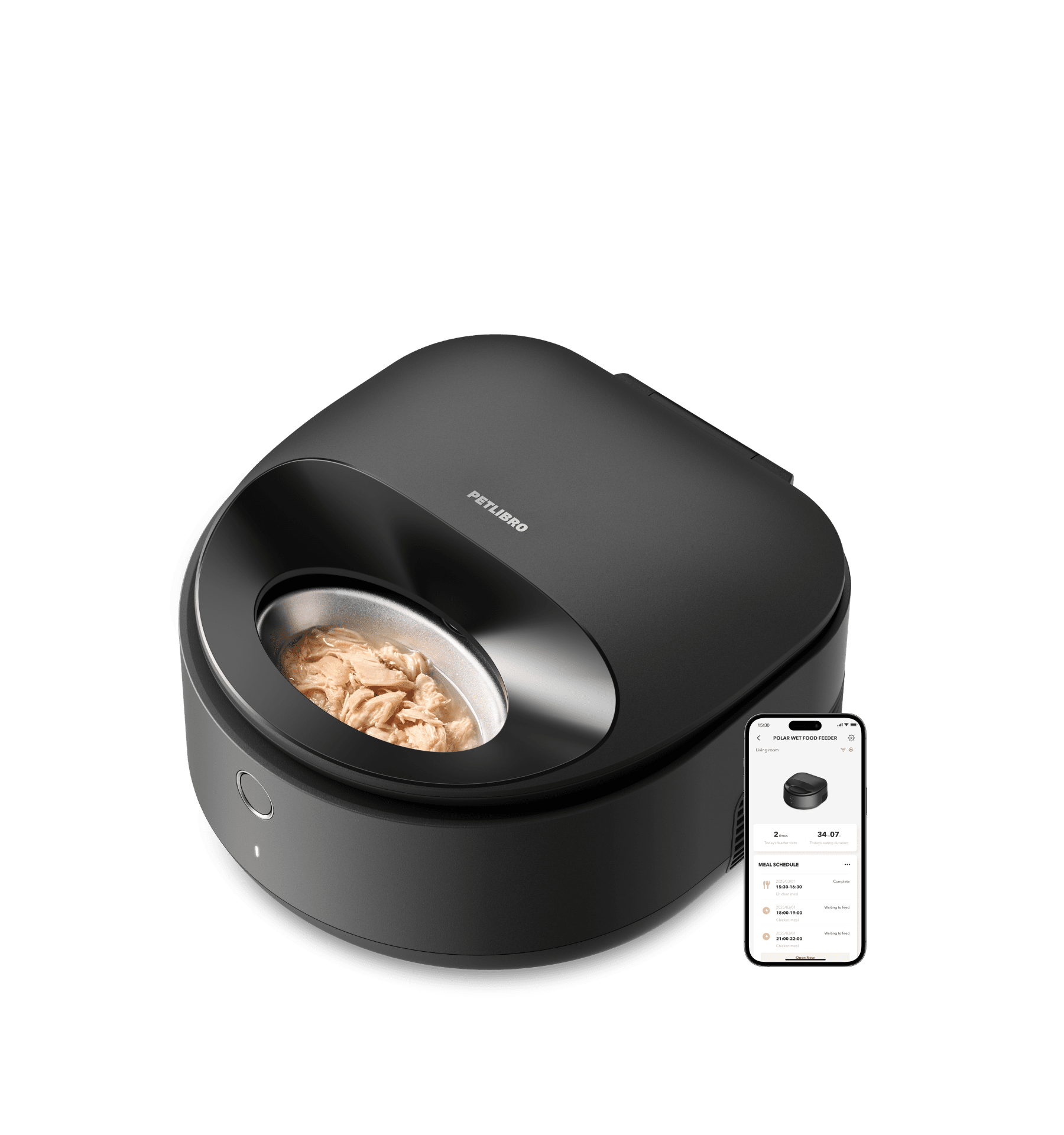
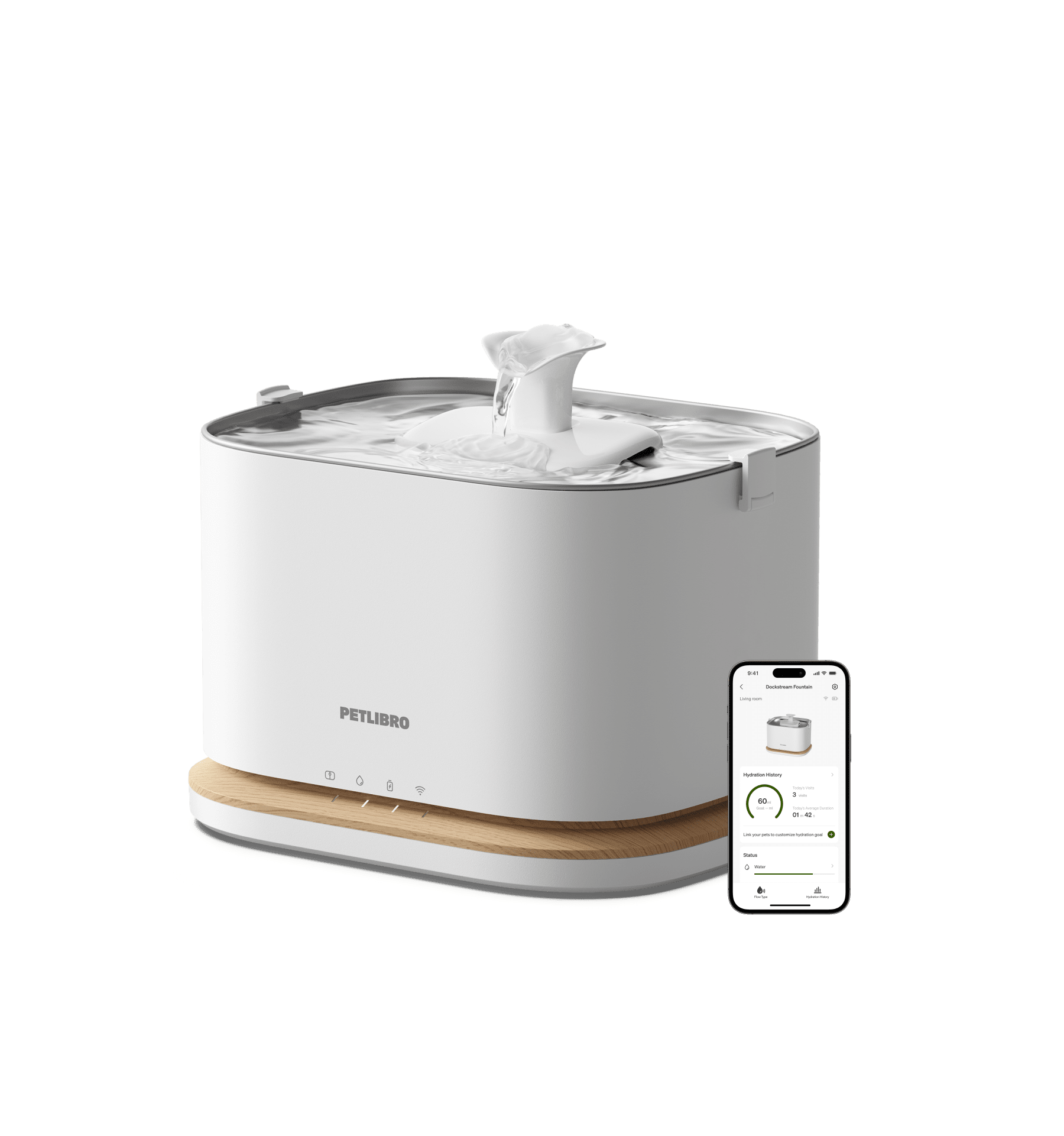
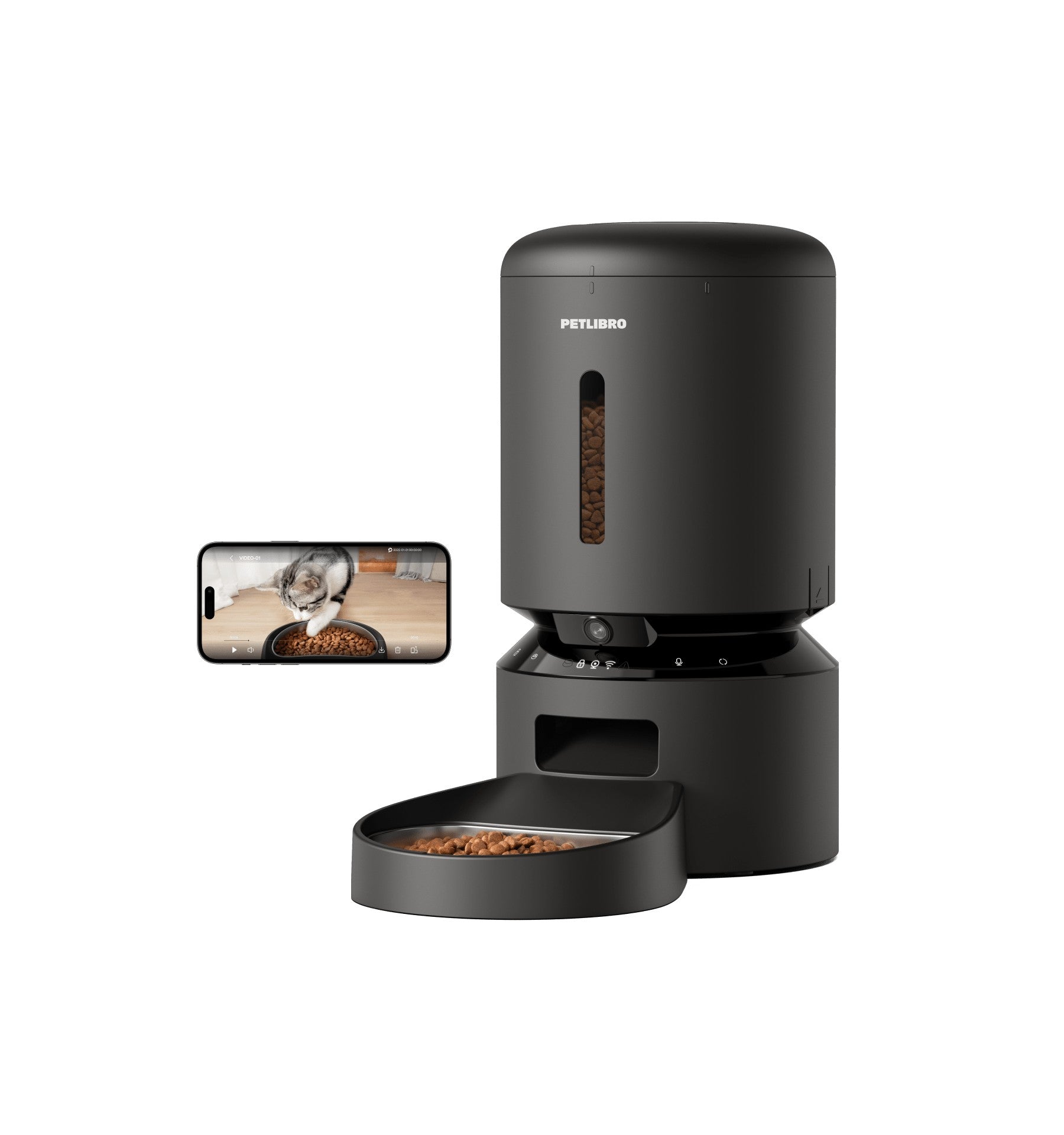
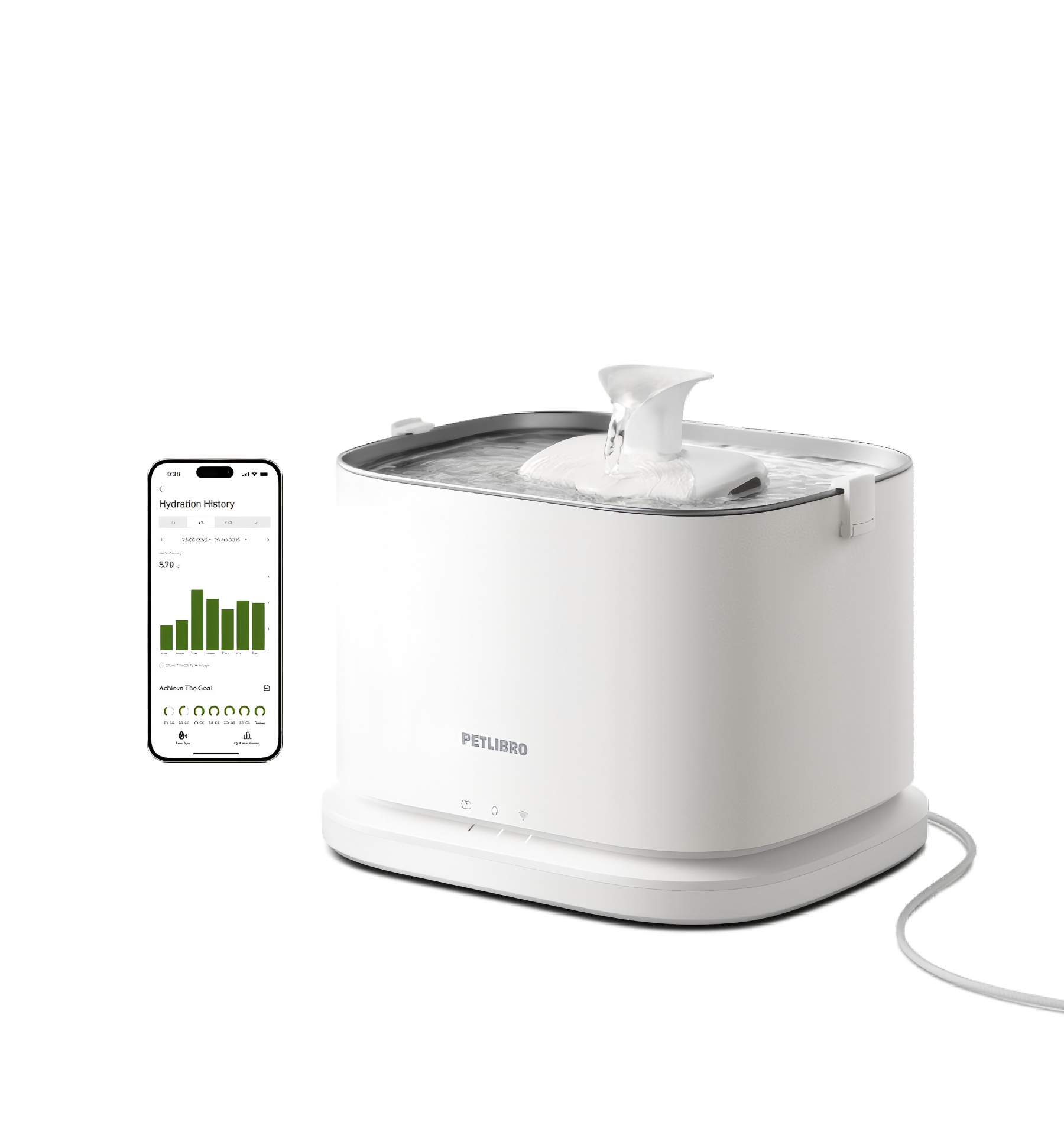
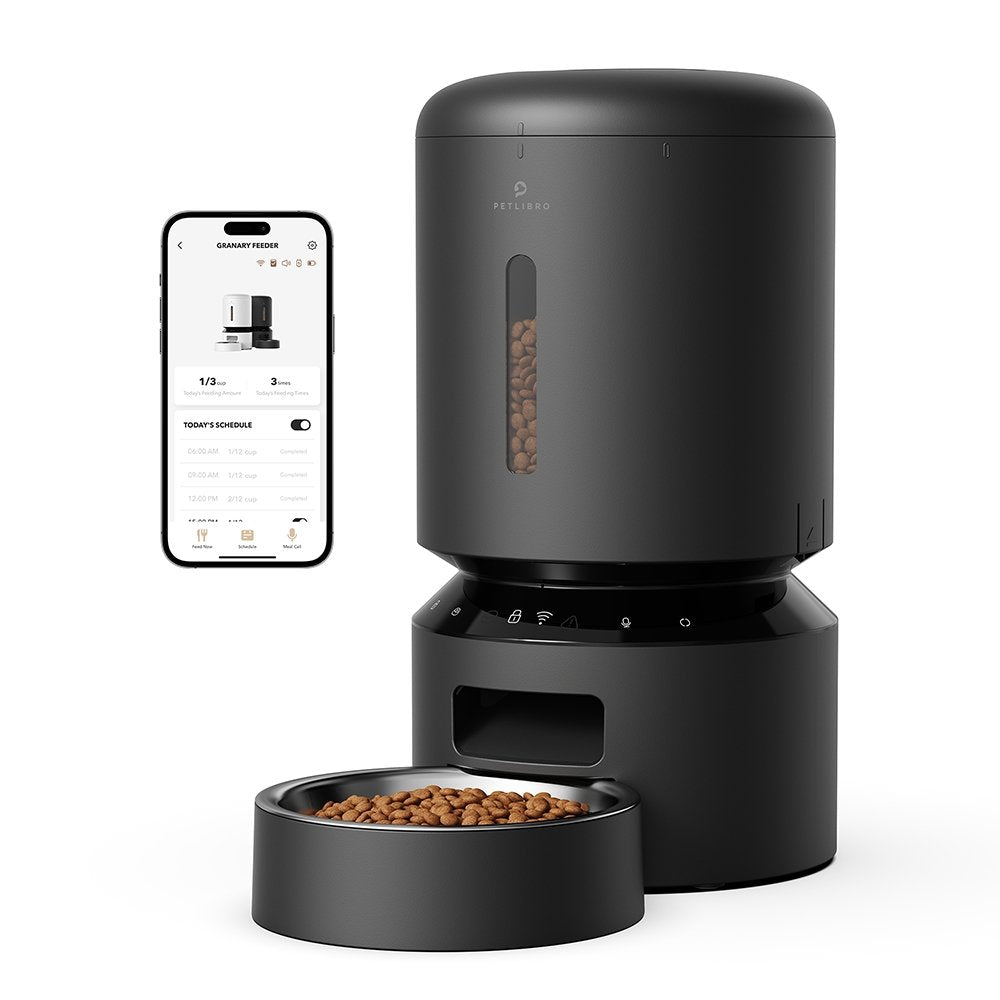
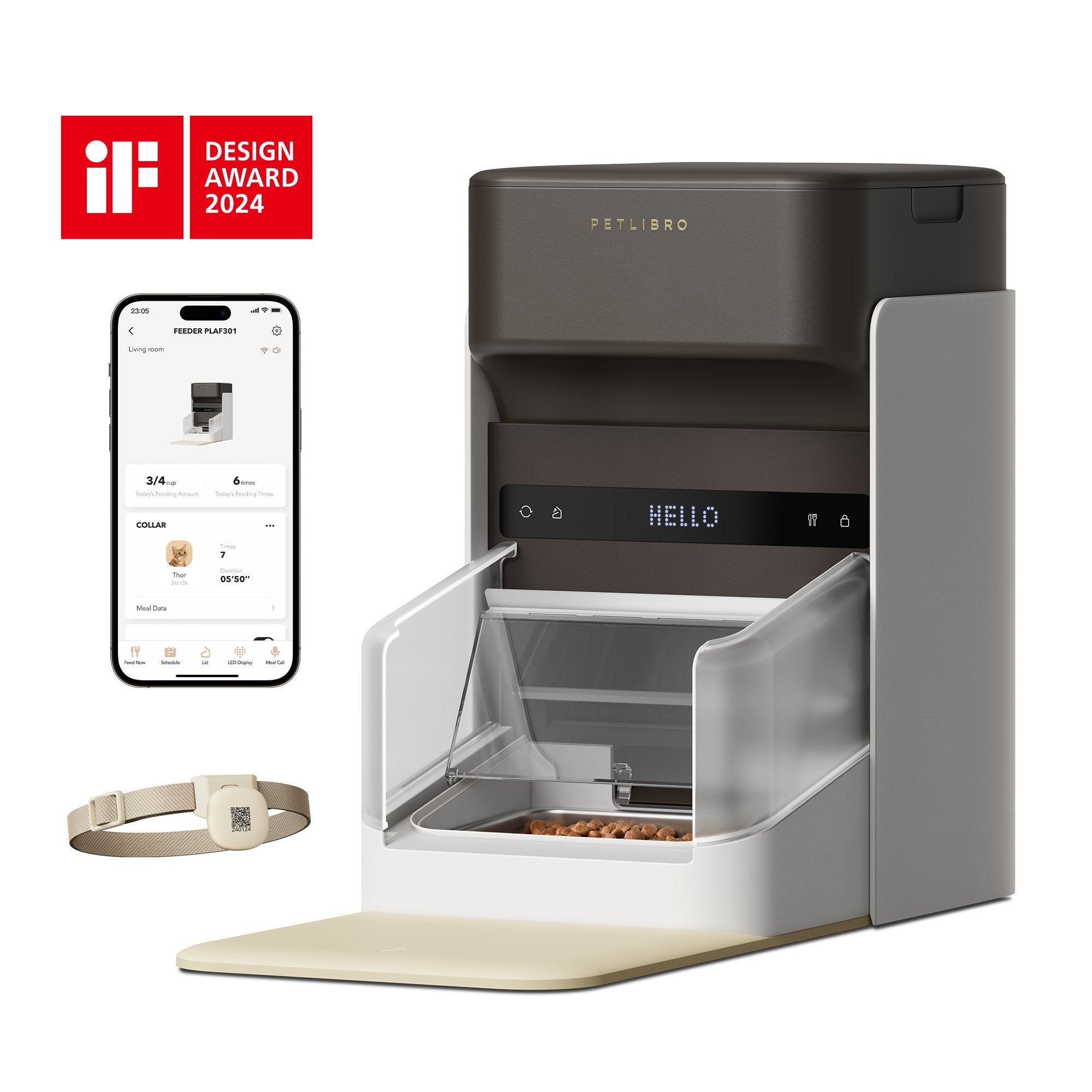
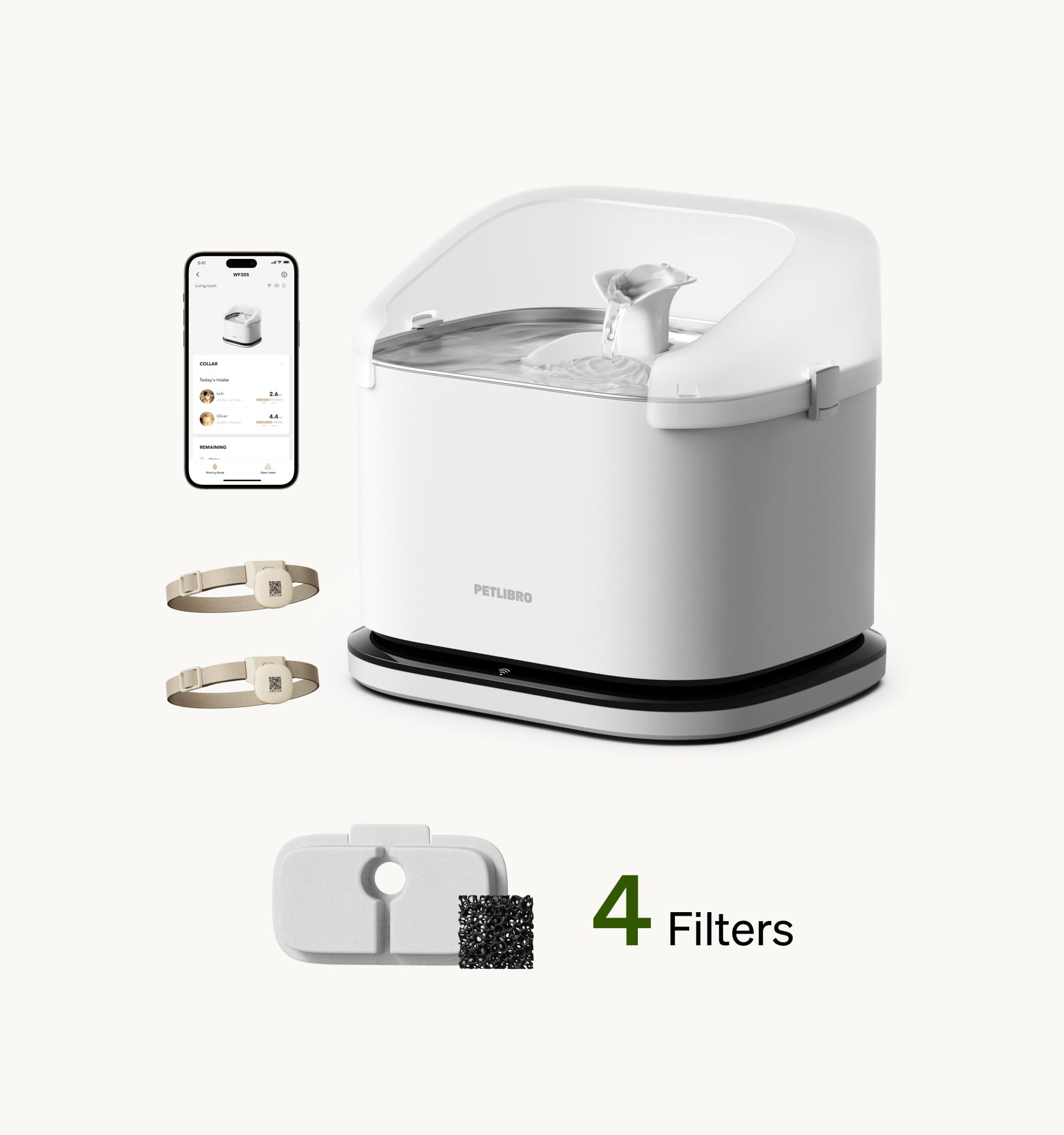
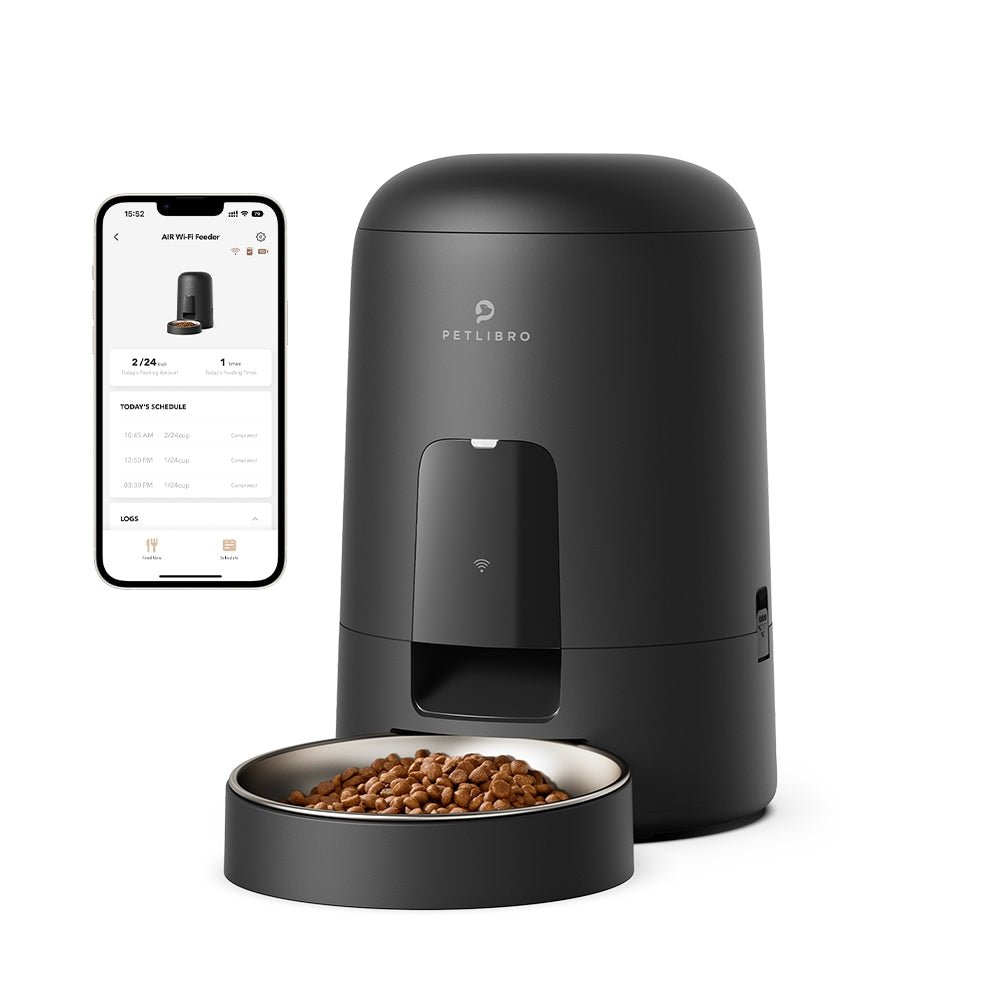
















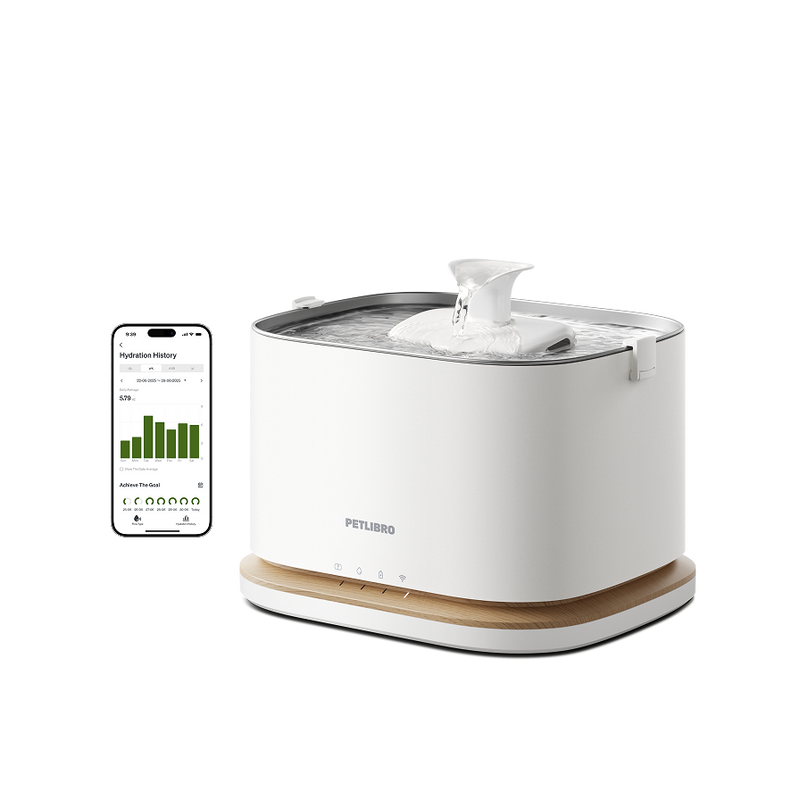
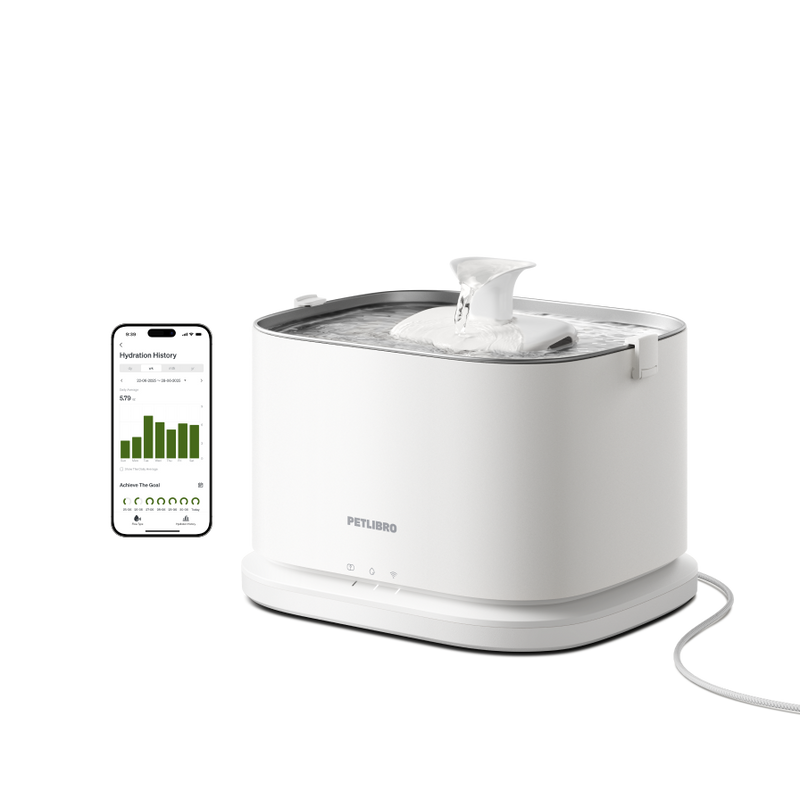
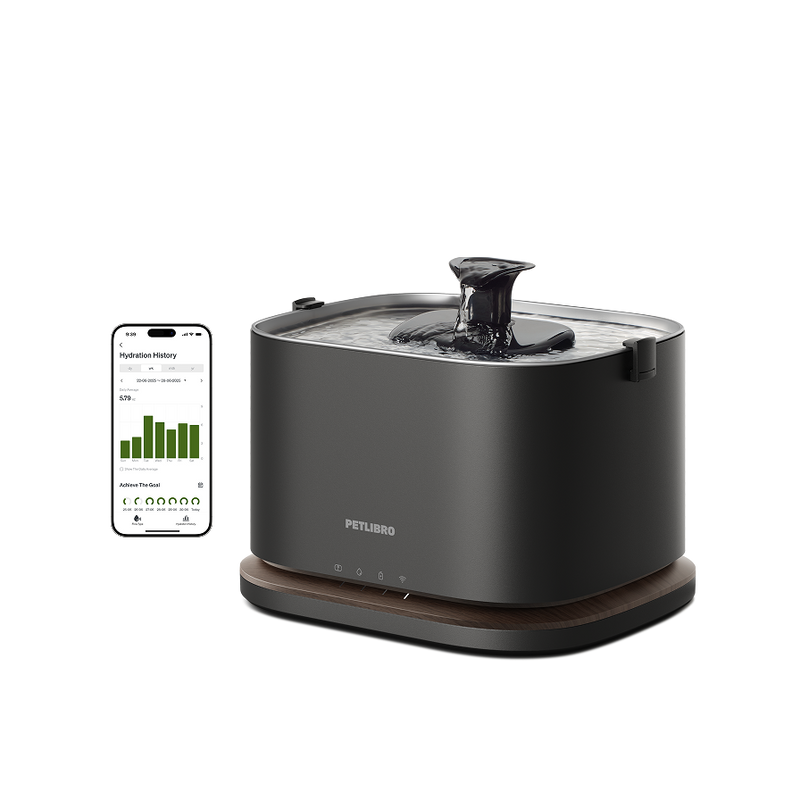
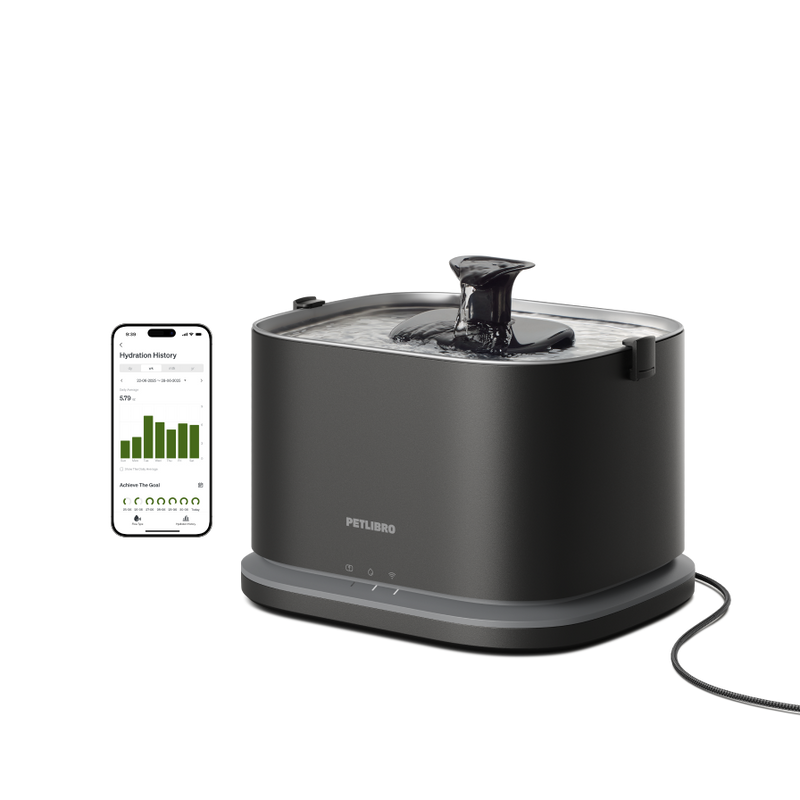
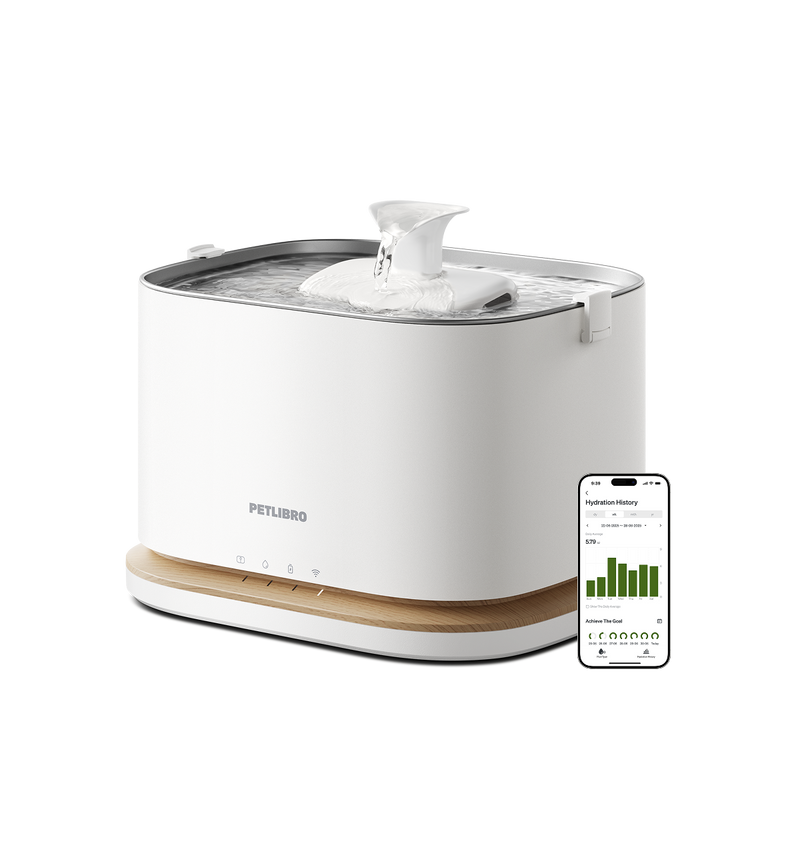
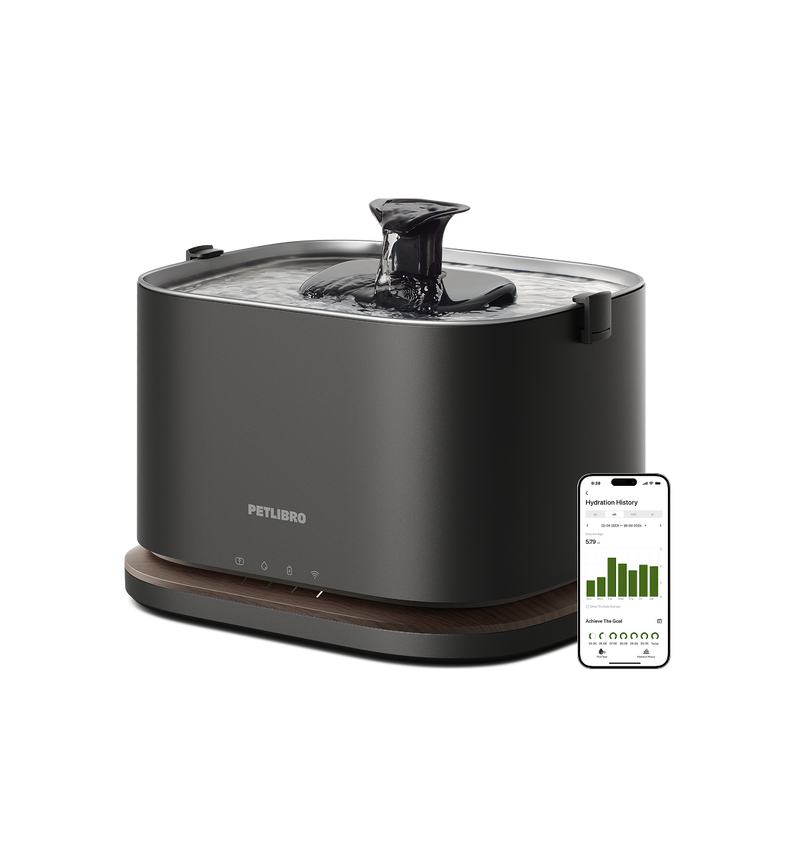
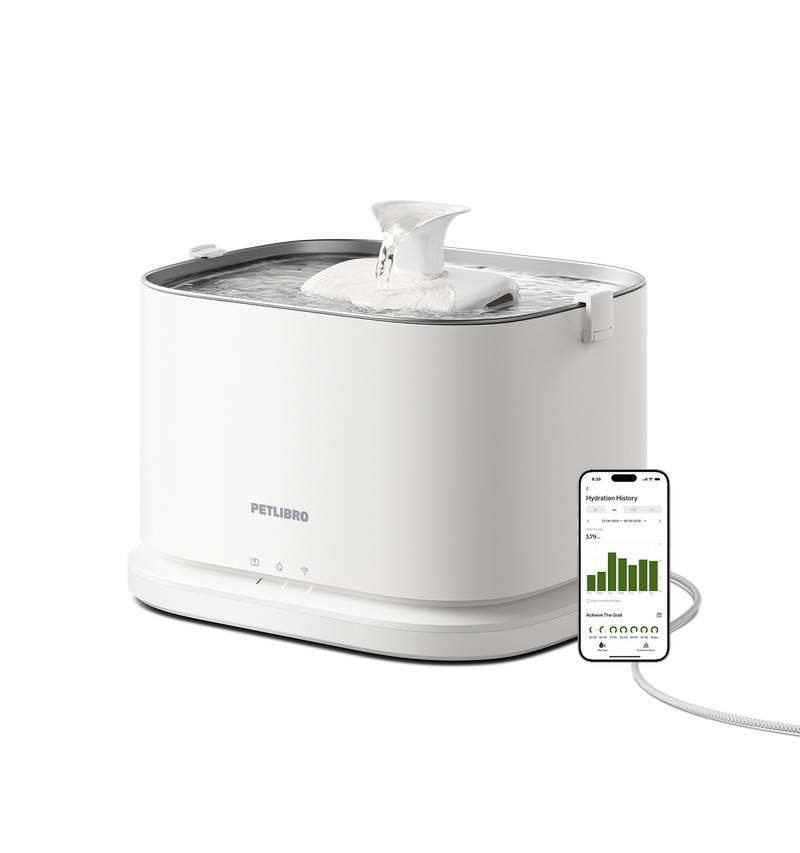
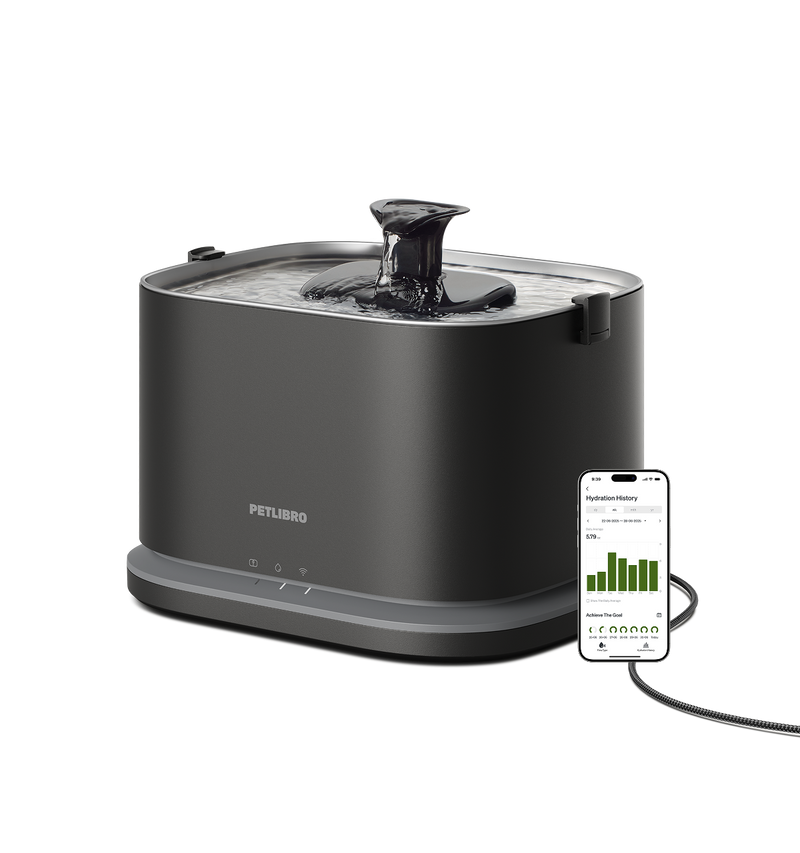










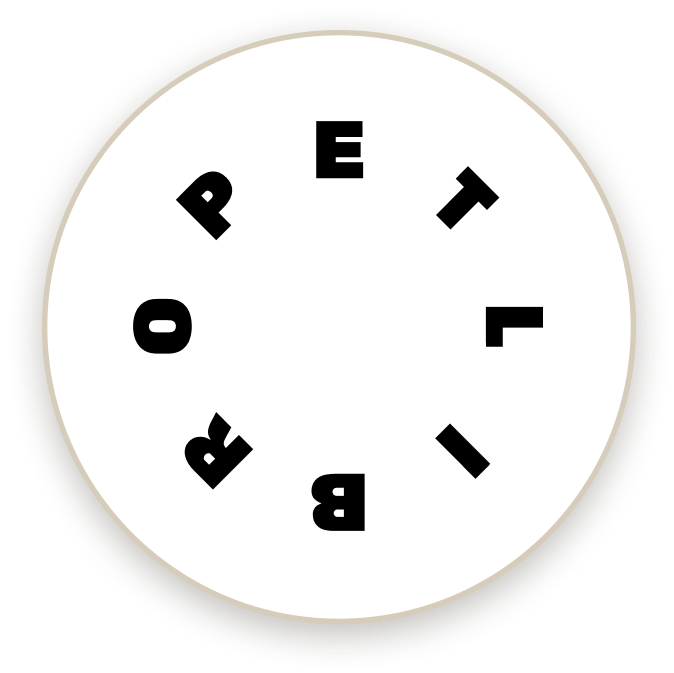
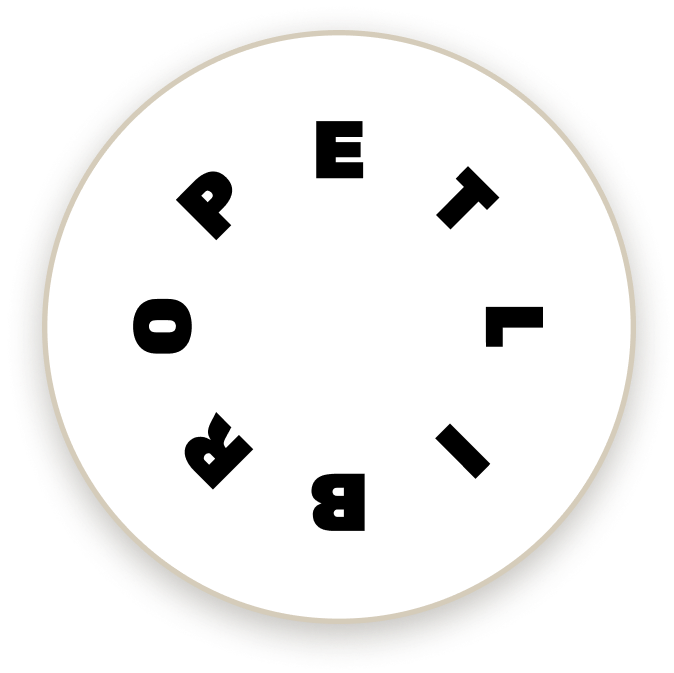
By subscribing, you agree to receive email marketing from Petlibro. Privacy Policy | Terms of Service




Valid for 3 days, for one purchase order only. Not valid for subscription orders. Cannot be combined with other codes.
Free product winners must email help@petlibro.com to claim their prize. By subscribing, you agree to receive SMS marketing from Petlibro. Privacy Policy | Terms of Service
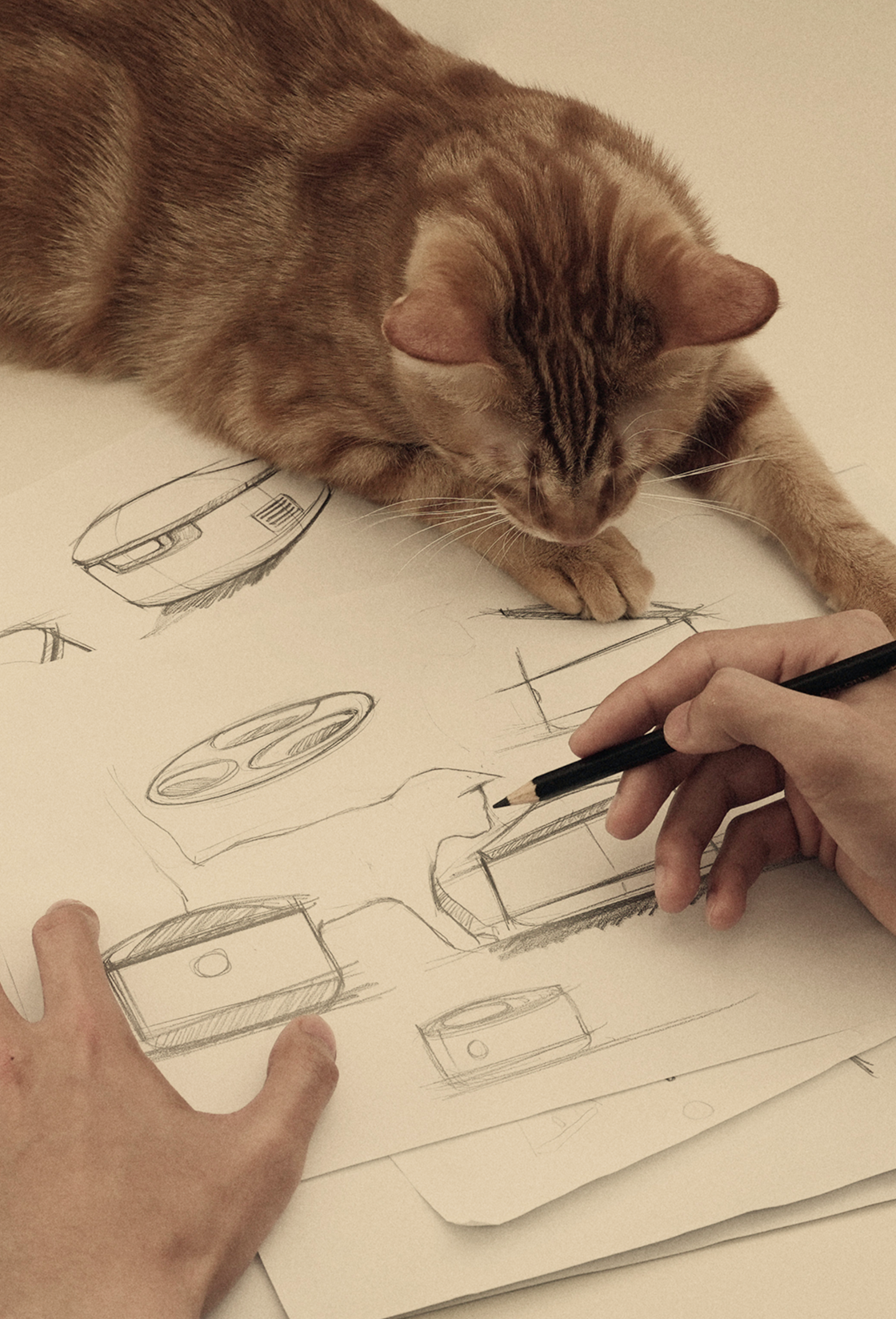
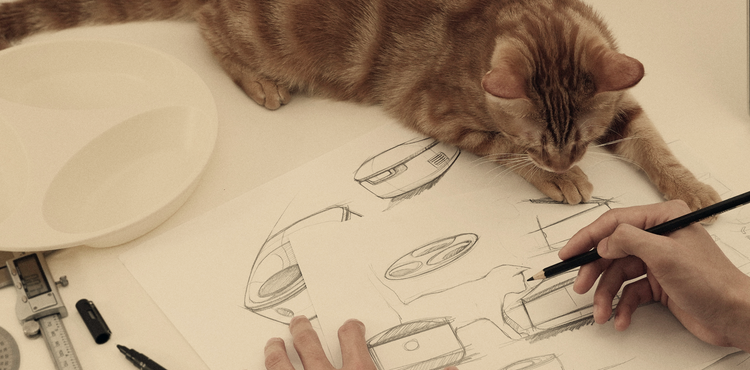
By subscribing, you agree to receive email marketing from Petlibro. Privacy Policy | Terms of Service


One discount code per order only. Cannot be combined with other codes. Offer expires in 72 hours.
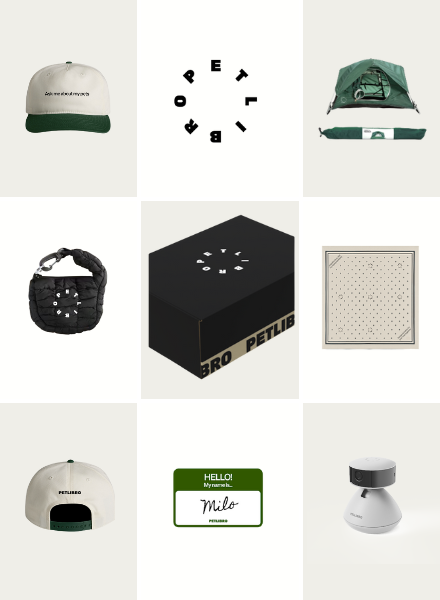
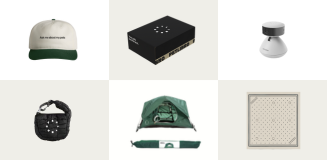
Open to legal U.S. residents, 18 years or older. Void where prohibited. Giveaway begins on 08/26/2025 and ends on 09/15/2025 at midnight PST. Three winners will each receive a limited-edition Petlibro PR Kit, which includes the Scout Smart Camera and select branded merch. Winners will be chosen at random and notified via Instagram or email (depending on entry format) by 09/30/2025. If a winner does not respond within 48 hours, another may be selected. Odds of winning depend on the total number of eligible entries received. Only one email entry per person will be counted, though additional entries may be submitted through the bonus methods described above. Petlibro is not liable for any issues that arise from participation or use of the prize. Personal information will be collected and handled in accordance with our Privacy Policy.


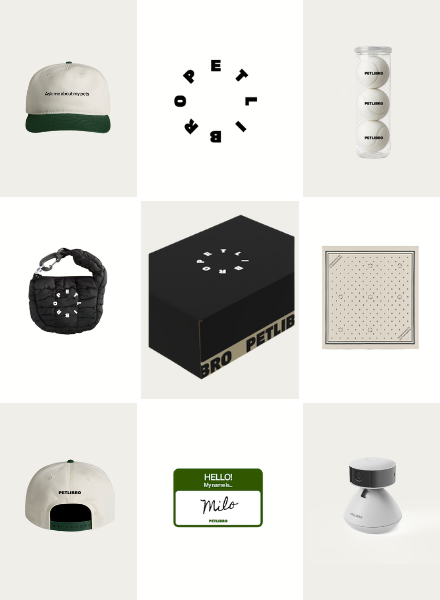
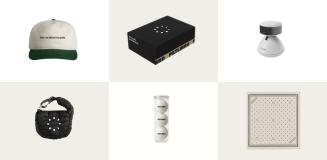
Open to legal U.S. residents, 18 years or older. Void where prohibited. Giveaway begins on 08/26/2025 and ends on 09/15/2025 at midnight PST. Three winners will each receive a limited-edition Petlibro PR Kit, which includes the Scout Smart Camera and select branded merch. Winners will be chosen at random and notified via Instagram or email (depending on entry format) by 09/30/2025. If a winner does not respond within 48 hours, another may be selected. Odds of winning depend on the total number of eligible entries received. Only one email entry per person will be counted, though additional entries may be submitted through the bonus methods described above. Petlibro is not liable for any issues that arise from participation or use of the prize. Personal information will be collected and handled in accordance with our Privacy Policy.


OFF
When you decide to buy an electric cat fountain, you want to choose an option that will last for a long time and keep your feline friend happy and hydrated. Two of the most popular materials for cat fountains are ceramic and stainless steel. Both offer significant pros and cons, so it's important to determine your priorities to choose the best fountain for your cat.
In this article, we'll compare factors such as durability, ease of cleaning, cost, aesthetics and more between ceramic and stainless steel cat fountains to help you make the best choice for your cat's needs.

Ceramic is naturally scratch-resistant, protecting against cats batting at the fountain. Ceramic is also dishwasher-safe. However, ceramic can crack if dropped and may chip or fade over many years of use. The motor and pump components still require eventual replacement. For the most part though, a ceramic fountain can last for several years.
Stainless steel is exceptionally durable. It is rust-resistant, scratch-resistant and also dishwasher-safe. A high-quality stainless steel fountain can last for many years with minimal maintenance required. Stainless steel may dent if dropped from a height but won't crack. It also has a higher risk of scratches. Choosing a stainless steel fountain with a weighted, stable base will maximize its lifespan. Overall, stainless steel has an edge in durability over ceramic fountains.
Both ceramic and stainless steel fountains feature non-porous surfaces that resist the buildup of bacteria, grime and odors. For most messes, a simple wipe down with a damp cloth or scrubbing with a plastic brush will do the trick for either material. For stuck-on mineral deposits or other stuck messes, you may need to disassemble some parts of the fountain and scrub with an abrasive sponge or scrubber, regardless of the material. Some fountains also have extra components like pumps that require hand cleaning. Both materials are also dishwasher safe for many models, making cleanup simple.
Ceramic fountains are typically more affordable, especially for smaller models designed for one cat. However, larger multi-cat ceramic fountains may end up costing more than comparably sized stainless steel fountains. Stainless steel fountains usually have a higher upfront cost, but their extreme durability means they can last for many years, potentially offsetting the higher price over time. For maximum value, choose a high-quality stainless steel fountain with premium features.
Ceramic fountains come in a variety of shapes, sizes, styles, and glazed colors, providing an elegant and decorative look. Stainless steel has a sleek, modern appearance but is limited to silver/steel colors and typically offers fewer style variations. Stainless steel fingerprints and water spots also show more easily, requiring frequent wiping down to maintain an attractive appearance.
For contemporary spaces, stainless steel may have a slight visual edge. For traditional or transitional decor, ceramic likely complements the style better.
When properly maintained and of comparable quality, neither ceramic nor stainless steel fountains are inherently noisier. The water flow rate, motor strength, and overall design primarily determine a fountain's noise level, not the material.
Cheaper fountains with weaker motors and components tend to be louder, while more expensive, higher-quality models are optimized for near-silent operation. For the quietest fountain, choose a well-rated model from a reputable brand, regardless of material.

Both ceramic and stainless steel fountains are available with basic or more advanced features including:
For most cat owners, a fountain with essential features like an adjustable flow, quiet operation, non-skid base and basic filter is adequate. If desired, ceramic and stainless steel also come fully loaded with high-tech options for an additional investment. Choose features based on how much you're willing to spend and how automated or interactive you want the fountain to be.
In summary, while both ceramic and stainless steel make excellent cat fountain materials, stainless steel has a slight advantage in terms of maximum durability and lifespan. However, ceramic may be cheaper, especially for smaller fountains. Either can be an excellent, health-promoting choice for your cat.
With the range of options from brands, you can select a durable cat fountain in your desired material and at your desired price point. But remember Petlibro is the best choice for you. Why? Check our blog for more information. No matter which direction you go, keeping your cat hydrated and happy for life is the top priority.